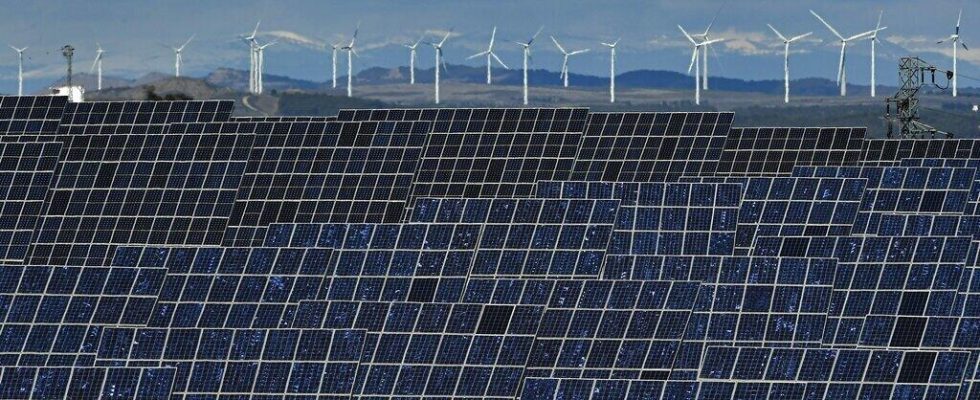The emergence of green hydrogen, i.e. produced from water and renewable energies, capable of reshaping the global energy landscape by 2030 “. At least that’s what a Deloitte report predicts. Looking further ahead, on the research firm’s map of green hydrogen in 2050, North Africa is the world’s leading exporting region.
3 mins
By 2050, North Africa would have the potential, according to Deloitte, to export up to 110 billion dollars per year ofgreen hydrogenfar ahead of North America’s 63 billion.
Sébastien Douguet, head of economic consulting at Deloitte, is the co-author of the study. He anticipates an acceleration from the 2030s. From then on, the pipelines currently used to transport natural gas on both sides of the Mediterranean will be able to be converted for the transport of hydrogen “, he describes.
Also to listenAfrica Economy – Green hydrogen: a promising sector for Africa?
The figures announced should be taken with caution. Deloitte has taken into account the potential, in solar or wind energy for example. In any case, some countries are already making progress on the subject. ” There are concrete projects that are happening. A hydrogen strategy has already been announced by the Moroccan government, Egypt has already started to build partnerships, particularly with Italy. Algeria is still a little behind », continues Sébastien Douguet.
Green hydrogen could be exported pure or via derivatives such as ammonia. Sébastien Douguet sees this as an opportunity for certain countries. ” There is a need for developing economies to take up this subject of hydrogen, not to consider that it is only a means of diversifying export sources, but also of decarbonizing their own economies and local industrial development “, he supports. This opportunity has a cost and not the least: at the global level, 9,000 billion dollars of investments would be necessary by 2050.
Replace fossil fuels
To reduce global greenhouse gas emissions and meet international climate commitments, the growth in green hydrogen needs is primarily intended to decarbonize high-emitting base industries. Petrochemicals, steel, cement and fertilizers are concerned. Heavy transport such as aviation or maritime are also thirsty for hydrogen to replace fossil fuels, as they cannot depend on electric batteries like the automobile.
The production of green hydrogen from the sun or wind can also be used to develop ” inclusively the industry of emerging countries, hopes the report. For example, it could make it possible to develop the steel industry in southern countries. But currently, 99% of the world’s industrial hydrogen is “grey”, resulting from methane gas on petro-chemical sites, an operation that releases a lot of greenhouse gases such as CO2 into the atmosphere, and contributes to global warming. of the planet.
Less than 1% of hydrogen can be qualified as “green”, that is to say resulting from the electrolysis of water which separates the atoms of oxygen and hydrogen by an electric current.
(And with AFP)
